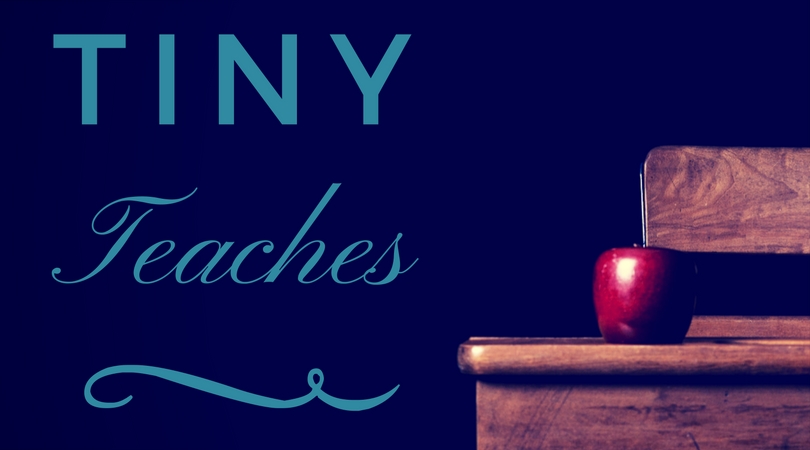Comma Splices: Forget the Hot Glue Gun. Get the Scissors!
There’s a little thing I’d like to discuss with all of you. We’ve all been guilty of it at some point. Maybe someone pointed it out to us afterwards. Maybe we discovered it ourselves. Who knows how many are still out there, lurking in all the lines we’ve ever written.
.jpg)
Tiny! Get to the point!
Yes, yes. Sorry. I’m talking about comma splices.
Comma what?
Comma splices. That’s what happens when you join two grammatically complete, independent clauses together with a comma. You basically took two sentences who were minding their own business and pasted them together.
What’s So Wrong About That?
Well, technically, nothing. Rather than a grammatical error, the comma splice is considered a style fault. It’s closely related to a run-on sentence, which joins independent clauses with a conjunction instead of punctuation.
The use use of comma splices is very much a matter of taste. There are instances in which comma splices tend to be acceptable.
- The clauses are short and closely related.
- There is no danger of a miscue.
- The context is informal.
Even when all three criteria are met, some readers are likely to object.
Well… If It Was Good Enough For Jane Austin…
Yes. You’re right. Jane Austin used the comma splice from time to time. I love Jane Austin’s work. And her comma splices have never stuck out at me.
But Jane Austin has one over on us in at least two ways.
For starters, conventions of usage in her time were not what they are now. When we read something written in a different age, it takes us back in time. I don’t go reading Pride and Prejudice and narrow my eyes at a comma splice. We love it when Mr. Darcy tells Lizzie how much he ardently admires her. If my guy said that to me, I’d laugh my way to next Sunday. Darcy rocks it, though. Time spirit.
Then we come to Jane’s second advantage. And this one goes for many style faults or broken rules. Only do it if your ass is famous.
Consider this one a rule. Is it a fair rule? No. Does it exist? Yes. Why? If you’re famous, people will assume you know what you’re doing and think you did it on purpose. If you’re not, people will point and say, “Look at that rookie trying to be a writer. Can’t even spot a comma splice.”
So How Do We Fix It?
Well, get rid of it, of course.
Let’s use an example I recently had the pleasure of crucifying a friend for. Don’t worry. He survived the ordeal.
He must have come straight from work, the smell of sea and fish clung to him.
There are a few ways we could think of to fix this.
- The simplest would be to replace the comma with a period so the two clauses are no longer joined together.
He must have come straight from work. The smell of sea and fish still clung to him.
- When both sentences are very, very short however, it might not suit the atmosphere we’re trying to create. So we need to get creative. Add a conjunction to show that the two sentences are, in fact, connected to each other.
He must have come straight from work, since the smell of sea and fish still clung to him.
- Another option would be to adapt one of the two clauses so that one of them is no longer independent. We could… maybe… make the second part a modifier for the first.
He must have come straight from work, the smell of sea and fish still clinging to him.
These are just a couple of examples of how to escape when you’re being stalked by comma splices. Are there more? Yes. Tons. Do you need to know them? No.
What you need, is to be able to recognise a comma splice when you see it, and break out those scissors.
OK. Fine. We Get the Message.
Well, I do hope I was able to make this easier to understand, somehow. Thank you all for putting up with my preaching.
For this article, I did some research. Wikipedia told me about Jane Austin’s use of comma splices. Purdue OWL contains a lot of info on all questions concerning grammar. This is where I found the proper grammatical names for things, as most of those are only known to me in Dutch.
John, thank you so much, darling. You know why. 😉
Hugs
Jasmine
